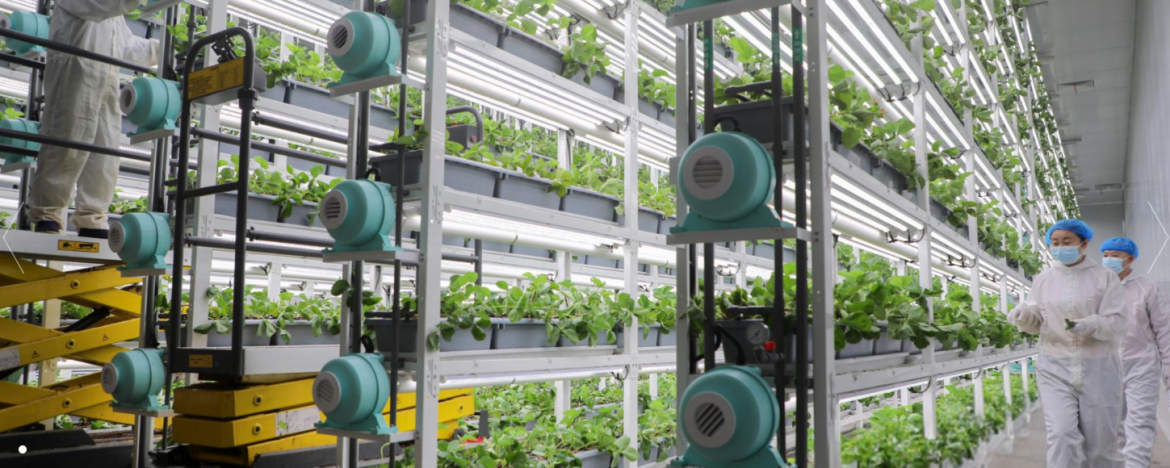Urban agriculture is evolving rapidly, and innovative farming solutions are playing a critical role in this transformation. Vertical farming has emerged as a practical method to cultivate crops in limited spaces while maintaining efficiency and quality. Unlike conventional farming, vertical setups allow multiple layers of crops to grow in a controlled environment, optimizing space usage and resource management. This approach is gaining attention in regions such as Europe, North America, and the Middle East, where urban populations are increasing and demand for fresh, locally grown produce is rising. Additionally, vertical farming reduces transportation needs and enhances food security by producing crops closer to consumption centers, making it an environmentally conscious option.
Key Components of a Vertical Farming System
Establishing a vertical farm requires careful planning and integration of several components. Effective farming solutions involve the use of LED plant lighting to replicate optimal sunlight conditions, hydroponic or aeroponic nutrient delivery systems, and precise climate control to regulate temperature, humidity, and airflow. Automation and AI-based monitoring systems further enhance productivity by providing real-time adjustments to environmental factors, ensuring consistent growth and minimizing crop loss. This combination of technologies allows urban farmers to achieve predictable yields and maintain high-quality standards, making vertical farming a sustainable option for experienced growers. Operators can also adapt systems to grow a variety of crops simultaneously, increasing efficiency and profitability.
Integrating Smart and Leisure Agriculture
Incorporating technology into vertical farming not only supports production but also enables innovative applications such as smart agriculture combined with leisure agriculture and tourism. Parks and commercial farming spaces can use these farming solutions to merge research, education, and visitor engagement. By implementing automated cultivation systems, controlled lighting, and precise nutrient management, operators can showcase high-tech agriculture to the public while maintaining commercial crop production. Regions like Singapore and Australia are seeing increasing interest in such multifunctional urban farms, driven by policies that encourage sustainable food production, research collaboration, and educational initiatives that raise public awareness of advanced agricultural practices.
Conclusion: 4D Bios Advancing Vertical Farming
Companies like 4D Bios are leading the way in providing comprehensive vertical farming solutions for large-scale operations. They integrate AI-driven environmental management, automated lighting schedules, and nutrient optimization to support efficient and standardized crop production. Their expertise is particularly valuable for experienced operators seeking advanced plant factory setups that combine research, tourism, and commercial cultivation. By offering a full suite of tools and guidance, 4D Bios helps urban farms achieve sustainable growth, high yield, and operational efficiency, while adapting to market needs in Europe, North America, the Middle East, and beyond. Their solutions also facilitate the integration of leisure and smart agriculture, promoting innovation across multiple sectors.
